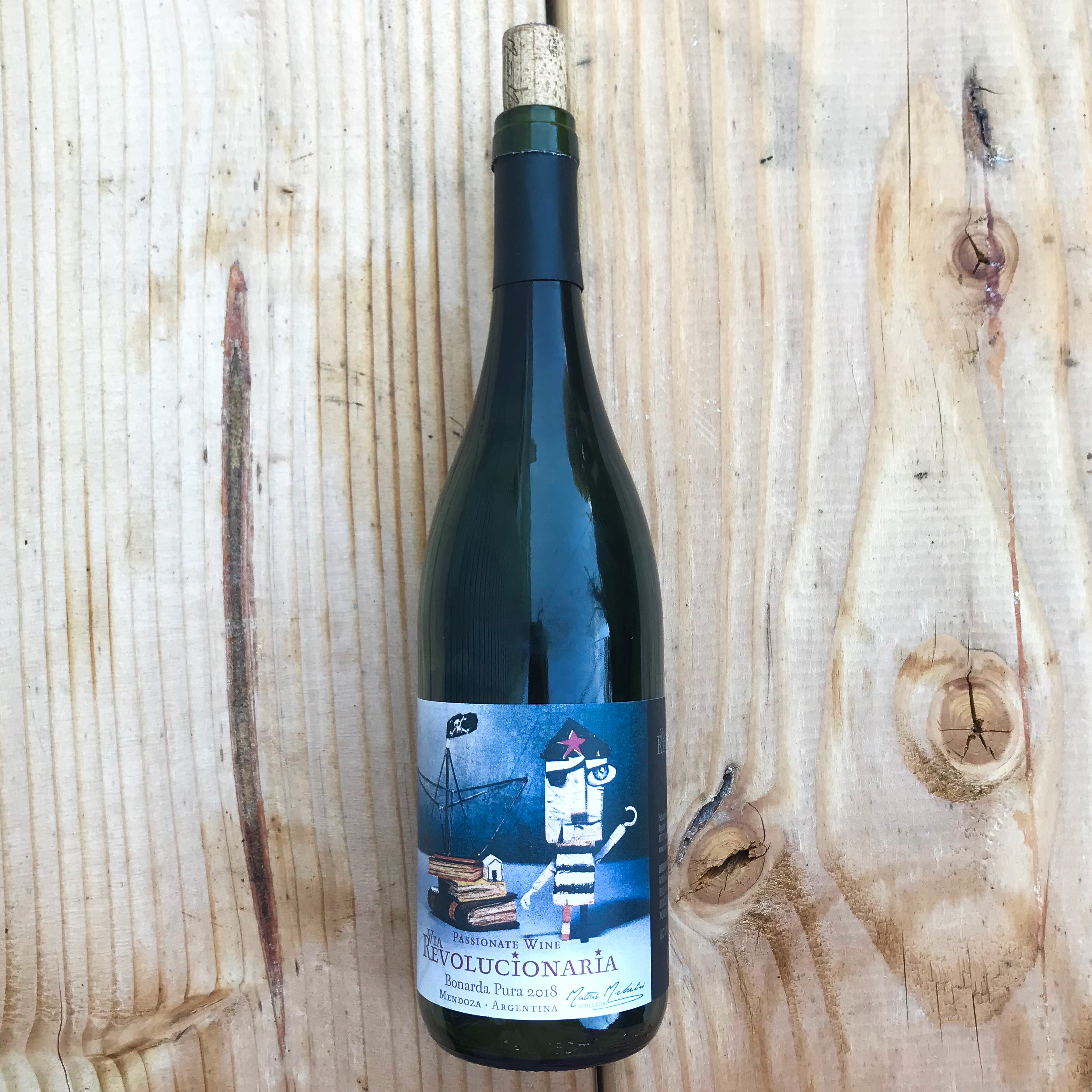| « Previous | News | Next » |
August 06, 2019
Move over Malbec, it's Bonarda's time to shine
 Bonarda is one of those wines that needs an intro - but we promise it’s worth the read. Bonarda, also known as Charbono, is a rare French variety that made its way across the pond with early European immigrants. Originally from Savoie, where it is called Douce Noir, new world Bonarda plantings in Argentina and California have historically been confused for the Italian variety, Bonarda Piemontese. Whatever you call it, these wines are loved for their juicy acidity, medium body and complex, fruity palate. Plantings of the true Douce Noir are limited - California’s Charbono plantings cover less than 100 acres of land. Limited Charbono supply has been brought back into the domestic market by passionate winemakers like Robert Foley, who’s winemaking career started with his first taste of Inglenook Winery’s 1969 Charbono straight from the cask.
Bonarda is one of those wines that needs an intro - but we promise it’s worth the read. Bonarda, also known as Charbono, is a rare French variety that made its way across the pond with early European immigrants. Originally from Savoie, where it is called Douce Noir, new world Bonarda plantings in Argentina and California have historically been confused for the Italian variety, Bonarda Piemontese. Whatever you call it, these wines are loved for their juicy acidity, medium body and complex, fruity palate. Plantings of the true Douce Noir are limited - California’s Charbono plantings cover less than 100 acres of land. Limited Charbono supply has been brought back into the domestic market by passionate winemakers like Robert Foley, who’s winemaking career started with his first taste of Inglenook Winery’s 1969 Charbono straight from the cask.
Looking to get your hands on some of this sought after juice? While plantings are rare in California, Bonarda production trails right behind Malbec in Argentina. Bonarda was first introduced to Argentina at the end of the 19th century by European immigrants. At first thought to be the Italian variety, Bonarda Piemontese, it was not until 2009 that genetic testing proved that Argentina’s vines were in fact Douce Noir. While grown successfully in all parts of Argentina, the thin skinned and late ripening Bonarda thrives in Mendoza and San Juan’s warm, dry climate, where cool nights facilitate juicy acidity. Argentina’s Bonarda wines can be further recognized for their low tannins, low alcohol, and complex aromatics and palate, with notes of black cherry, plum, and allspice. This balancing act makes for ample food pairings; Bonarda’s medium body, lower tannins and high acidity make it a great match for spicy foods, pork and fish.
Bonarda is Malbec’s cool cousin that we definitely want to invite to the party, and we hope Matias Michelini comes too. Matias is the winemaker and agronomist of Via Revolucionaria, located in Tupungato, Uco Valley in the Mendoza. Matias strives to make experimental wines that express terroir. These wines are extremely low production and are drawn from multiple inspirations, regions, and styles. The wines are all sourced from a single vineyard and fermented with native yeast.
Via Revolucionaria 2018 ‘Pura’ Bonarda, Mendoza
The Bonarda grapes are sourced from the Manuel Pelegrina Vineyard in Tupungato, planted in 1972. This 100% carbonic macerated Bonarda was harvested by hand over four separate passages, and fermented with indigenous yeast. Ringing in at 12% ABV, Pura is an easy drinker with finesse. This wine has great tension and bright acidity, balanced by a soft and round midpalate. Acid jumps out at you from the glass, with notes of tart cherry and mixed berry jam.

